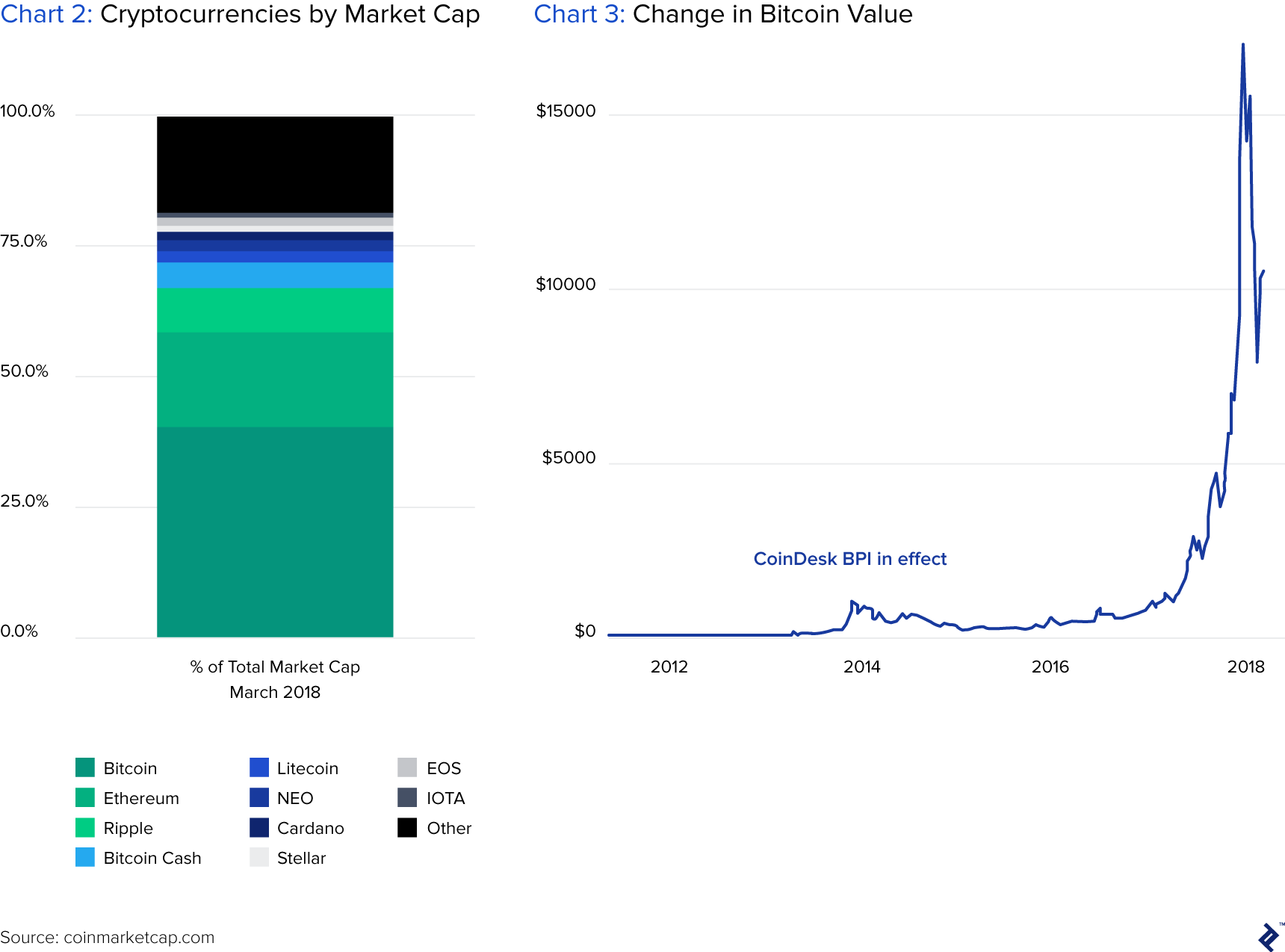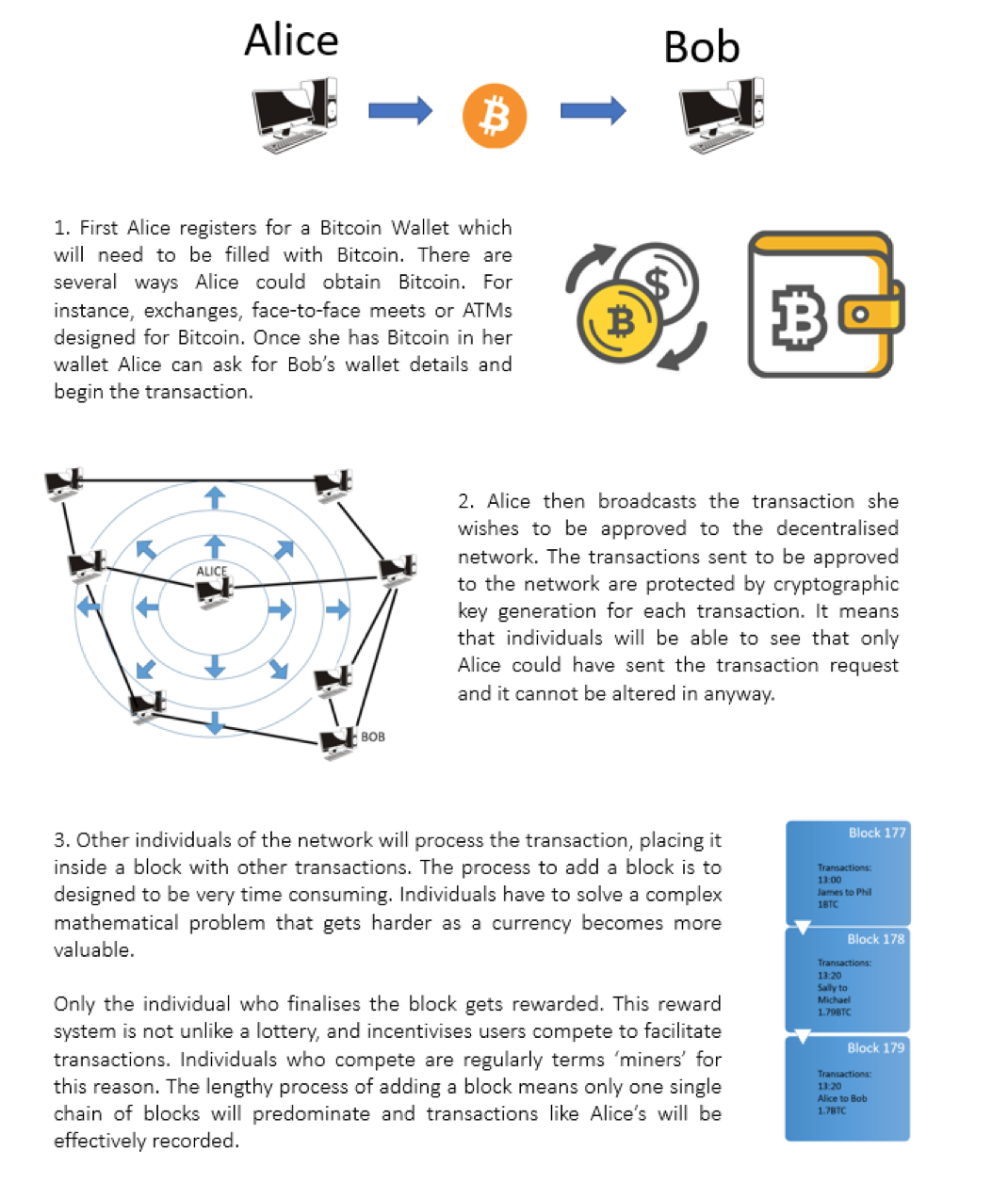Part
01
of one
Part
01
Real Estate Asset Tokenization
Elevated Returns LLC, Muirfield Investment Partners, and HM Land Registry (HMLR), are additional case studies of real estate companies that are utilizing blockchain to either sell partial ownership of assets and/or to assist with the overall operation/sales process of real estate assets. Below is an in-depth analysis of how the tokenization for each was set up, any pain points and solutions for the pain points.
Elevated Returns (ER) LLC
- Elevated Returns LLC, a subsidiary of Elevated Returns Global Company, is a real estate advisory and asset management firm.
- The company identifies among the first to "successfully structure, implement, and execute the tokenization of a trophy asset" in the real estate industry.
- In 2018, the firm was renowned for tokenizing St. Regis Resort in Aspen, a project that raised $18 million issued on Ethereum.
Tokenization Set Up
- ER LLC, in partnership with Securitize, is currently working on "tokenizing $1 billion worth of real estate in Southeast Asia."
- In this tokenization process, ER has chosen Tezos block chain to ascertain that investors receive the "highest security and compliant tokenized real estate offering experience possible."
Pain Points and Solutions
- A major pain point facing ER LLC in real estate tokenization is garnering additional liquidity and accommodating regulators, especially when forging a new ground.
- Elevated Returns LLC utilizes a business model, which incorporates three-pronged approaches. The first approach involves identifying a crypto-friendly country. The second approach entails "selection of a primary issuance platform to mint a digital token and a secondary exchange to trade the token," whereas the third approach is dependent on the identified country's operations. For this purpose, the firm has identified Thailand as its testing ground.
Muirfield Investment Partners
- Muirfield Investment Partners is a US-based real estate and private equity firm.
Tokenization Set Up
- Muirfield Investment Partners has partnered with AlphaPoint to offer investors with a simplified way of trading in the property market, through AlphaPoint's Regulated Asset Backed Token (RABT) framework.
- Although Muirfield's assets will not appear on paper as tokenized, AlphaPoint will ascertain that these assets are documented and stored using the RABT framework. This collaboration is projected to raise over $308 billion.
Pain Points and Solution
- Prior to tokenization, Muirfield faced a challenge in maintaining ideal and well-structured funds. This arose from the nature of the investment structure.
- By using AlphaPoint's Regulated Asset Backed Token (RABT) framework, Muirfield will enjoy a new generation of investment vehicles. Tokenization of these investment verticals will see investors freely trade their ownership on regulated secondary exchanges. Thus, tokenization helps improve liquidity resulting in a superior private equity investment structure.
HM Land Registry (HMLR)
- HMLR is a non-ministerial department of the UK's government, responsible for safeguarding guard and property ownership. Despite it being a department rather than a company, its case study provides essential input real estate tokenization in the UK.
Tokenization Set Up
- HMLR has partnered with ConsenSys Codefi to determine the effectiveness of blockchain in the real estate market.
- The process involves creation and use of a digital token that represents property or asset ownership.
- Through tokenization, property owners can determine the value and number of tokens for a specific property, as well as the offer price.
Pain Points and Solutions
- Among the pain points HMLR faces include high cost of maintenance of investor registry, low number of investors, low levels of transparency, and isolated secondary markets relying on manual processing.
- HMLR created and issued a prototype "Title Token" on Codefi’s digital asset marketplace. Tokenization helped HMLR minimize cost and time spent on verification of information. HMLR became more flexible and improved transparency levels.
- The reliable aspect of Ethereum blockchain facilitated faster, efficient, and secure processing of transactions," improving transparency and accuracy of information."
How The Blockchain / Cryptocurrency Is Traded
- Cryptocurrency trading involves speculating on the price movements or pattern of a particular cryptocurrency through "a CFD trading account, or buying and selling the underlying coins via an exchange." CFD trading involves derivatives that allows one to either go long (buy) or short (sell) depending on the price movement of a cryptocurrency. While CFD trading involves a small margin, buying and selling via an exchange rate requires one to purchase coins and store them as tokens in a wallet. To have an in-depth understanding of how cryptocurrency trades daily, one can use a website like coinmarket.cap to search for any cryptocurrency and view the market it operates in.
How The Blockchain / Cryptocurrency Functions Post Initial Setup
- Blockchain technology relies on "a public, continuously updating ledger to record all transactions that take place" allowing transactions to be processed without a central authority.
- For instance, here is an example of how a Bitcoin (a type of cryptocurrency) transaction works,

